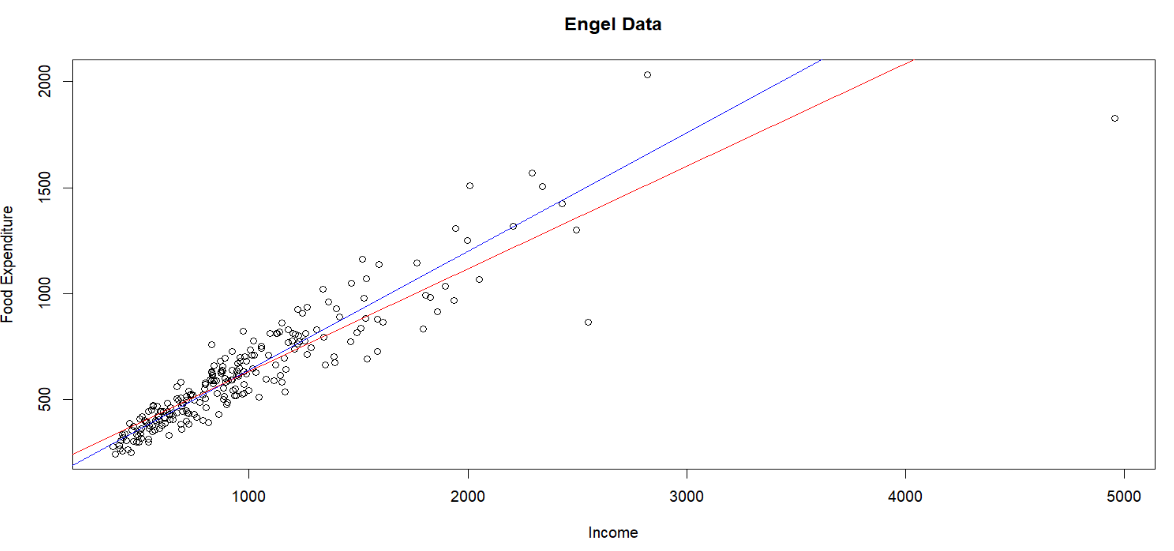I am trying to predict ambulance demand for the next hour, for a city area in the USA, based on previous demand, weather, large people gatherings, and similar spatio-temporal factors.
I have noticed some points where the features are 'usual' - e.g. a "sunny peaceful Sunday afternoon", but there is unusually high demand - maybe because of a big traffic accident - on which I don't have any data. Thus I decided to try outlier detection and get rid of those points where the target doesn't depend on the data I have - but rather on something else, e.g. an accidental fire that injures some people, but can't be predicted.
I don't like univariate methods like IQR and z-scores, because some high demands might actually depend on the data - bad weather, large gatherings which I have data on, etc. On the other hand, multivariate unsupervised methods might detect extremely bad weather as on outlier, as they are not aware of what the target variable is, and work with the whole dataset trying to find irregular patterns. I can't use supervised methods which need an 'outlier' label, as I don't have an idea of what an outlier is yet - I need an algorithm for that, and that is my actual goal.
My question is: are there outlier detection methods that are aware of what the target variable is? For example: let's say I build a cluster of all sunny peaceful Sunday afternoons, and inspect the demand. I might see: $[1, 2, 0, 2, 1, 11, 2, 0]$ Then the $11$ is an outlier, because it belongs to the cluster of 'regular' Sunday afternoons, where the usual demand is around $1$.
Are there methods that do this already? If not, what would you recommend for me to do?



